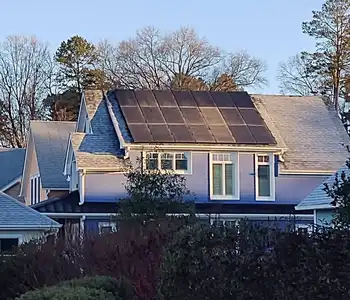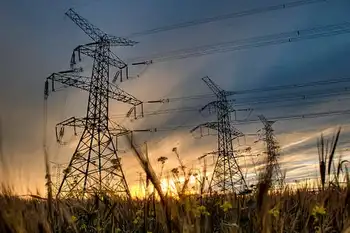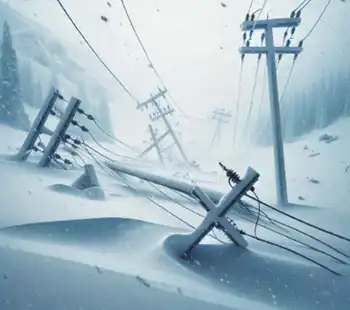Data center gets serious about using less energy
By Toronto Star
CSA Z462 Arc Flash Training - Electrical Safety Essentials
Our customized live online or in‑person group training can be delivered to your staff at your location.

- Live Online
- 6 hours Instructor-led
- Group Training Available
And while we don't think about it, the fact is data centres are energy pigs.
The U.S. Department of Energy calls them "information factories" with the same power needs as large industrial facilities.
The typical data centre consumes about 1 megawatt of electricity, but many of the larger facilities – Google data centres come to mind – can require more than 20 megawatts to keep them running, or enough to power 15,000 or so homes.
Why so much? The computer servers that are packed into such facilities are only part of the load. Those servers heat up, so a huge amount of electricity is consumed by air conditioning. Lighting also grabs some electrons.
In the U.S., for example, data centres consume more than 60 terawatt-hours a year.
That equates to about 40 per cent of Ontario's expected electricity use in 2009. But unlike this province's annual electricity consumption, which is creeping down, power use in data centres is growing at a clip of 12 per cent a year.
The good news is the industry is keenly aware of its gluttonous ways and is starting to do something about it. Robert Miggens, senior vice-president of data centre operator Peer 1 Network Enterprises, says energy use is now factored into almost every capital expense – from the types of computer servers purchased to the way facilities are designed and managed.
Why wasn't it before? "We just weren't thinking about it," he says.
"There was no incentive, no need to."
But computers have become more powerful, the Internet economy has exploded, and energy costs are rising.
Data centre power budgets, as a result, have ballooned. It's why Vancouver-based Peer 1 has decided that its next data centre will be a "green" facility.
Just last month it broke ground on what will ultimately be a 41,000 square-foot data centre in Scarborough, near the shores of Lake Ontario. It will be the company's largest facility, out of 17 spread across North America, and its most efficient. Miggens says the company expects to lower its energy bill by 17 per cent on average compared to its other data centres.
Much of what it will do is common sense and is expected to add only 5 per cent to the total capital cost of the build, which during the first 15,000-square-foot phase will cost just over $11 million.
Instead of paying for air conditioning in the winter, the company will pump in cold air from outside for roughly half the year as a way to cool the 9,000 computer servers it will eventually house.
At the same time, heat from those servers will be recycled and vented to offices in the building that will require warmth in the winter.
Peer 1 will use the most efficient fans, chillers, servers and other equipment that are part of day-to-day operation.
Barriers will be strategically placed throughout the centre to separate cool-air zones from warm-air zones, making it easier to target areas for cooling and heating.
The facility will also have a "cool roof" – that is, the roof will be made of a light-colour material that will reflect the sun's energy rather than absorb it, further lowering cooling costs.
A rainwater collection system is also being considered as a way to irrigate the surrounding property without wasting city water.
Speaking of water, Peer 1 is also doing something unique. "There's a private water well on the property which we'll use for our primary water supply.
That's a first for us," says Miggens. "Overall, a lot of the design elements inside the data centre will be ground-breaking for us."
And while it's tempting to call this a marketing gimmick, a way for Peer 1 to greenwash its customers, it clearly isn't.
The company isn't installing fancy solar panels or a wind turbine. It doesn't plan to charge customers a premium for so-called green computing services.
Sure, it will have some green bragging rights, but it really comes down to a simple business decision: lowering monthly energy costs in an industry where energy efficiency is the new measure of competitiveness.
The U.S. energy department believes most data centres can reduce energy consumption by 20 to 40 per cent if they give it much thought.
And if they really try, costs can be slashed by more than half.
Think about that the next time you search the term energy efficiency on Google.











